Ideal Room Temperature - Check Recommended Thermostat Settings
Have you ever paid attention to the room temperature? No? It's a big mistake because as it turns out, it has a huge impact on your well-being and health. But this matter is not as simple as it seems. Why? Because the recommended thermostat settings are different for each room. One can get confused about all this, especially if you've been ignoring the issue so far. That's why we're here to help! Check what is the best temperature for sleeping and living.
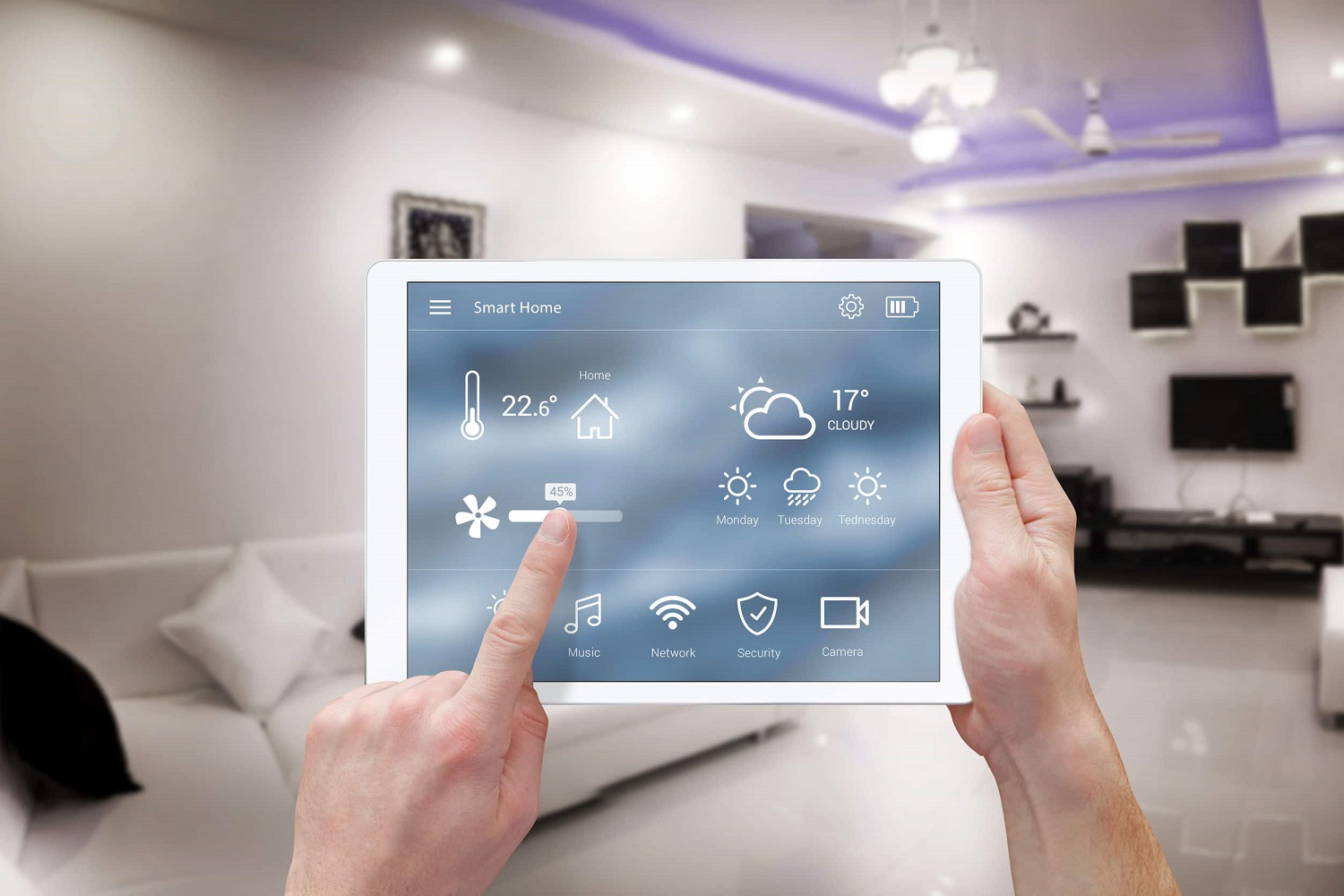
Best room temperature - not only for measuring warmth indoors
Have you ever thought about the term ‘room temperature?’ It’s often used in everyday speech. Example? When you give water to a child, you don’t take a bottle straight out of the refrigerator but take the one standing on a cupboard. Also, when cooking, you might encounter a note that the ingredients should be at “room temperature,” so that they are easier to use - typically it’s butter.
So far, so good. But note that everyone experiences a different thermal comfort. It relates to different habits, body build and health conditions. What exactly is the mythical room temperature one hears so much about? Read on and find out.
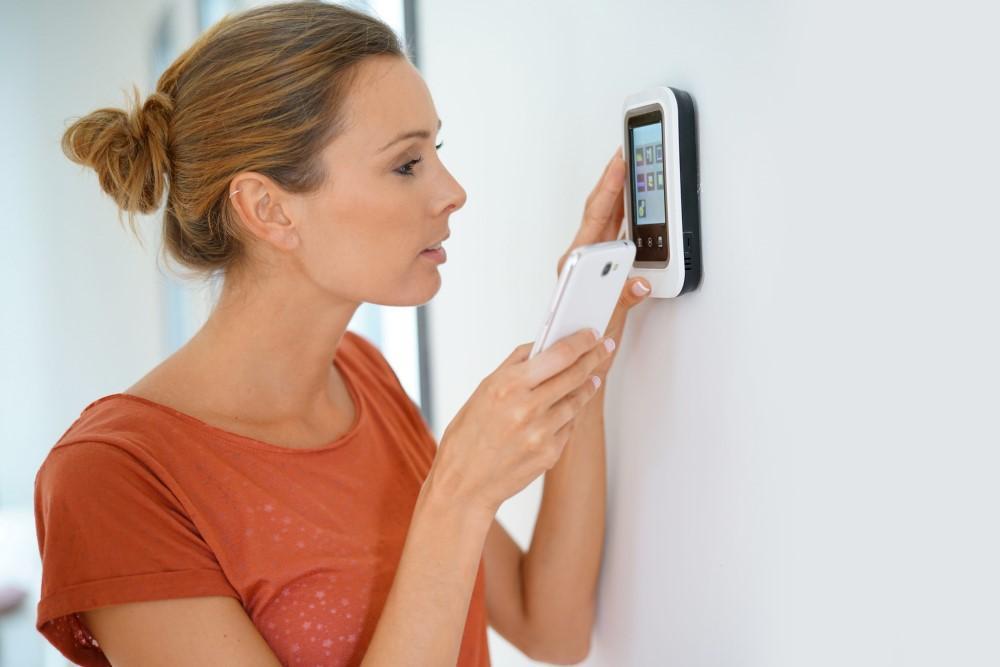
Recommended thermostat settings - we know what they are!
Room temperature is also often called ambient temperature. It is expressed in Celsius or Fahrenheit degrees. It has a great influence on one’s well-being, but also bodily functions. 15-25°C (59-77°F) is the very broad range of the recommended room temperature. But in fact, everything depends on one’s lifestyle, individual needs, and sometimes even gender. As it turns out, women usually prefer warmer interiors, while men choose the colder ones. Also, those who regularly do sports or are physically active on a more than standard level, prefer a lower room temperature.
Usually, a few people live in one house, so the mention broad range is often narrowed. For this reason, you might have heard that the best room temperature is between 18 and 22°C (64.4-71.6°F). But this is not a good indicator, either. Why? Because in fact, the best room temperature is different for sleeping, different for a living room during, and different for a bathroom.
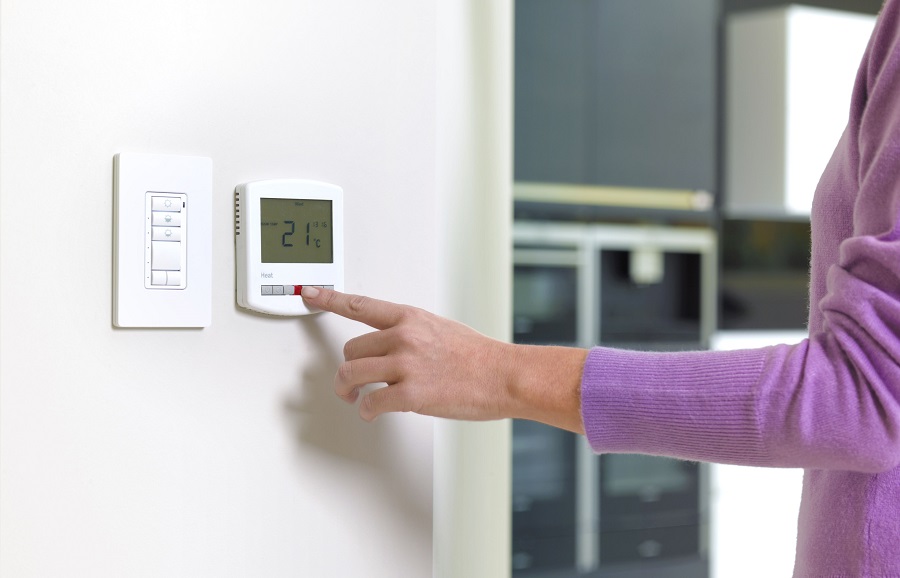
Room temperature - what are the recommended thermostat settings for a living room?
Is thermal comfort your priority and, therefore, you are wondering about the temperature in the house for general living areas? The living room, guest room and hallway shouldn’t be too warm, nor too cold. It means that, depending on the individual preferences, the recommended thermostat setting for these interiors fall between 20 and 22°C (68-71.6°F). Thanks to it, you won’t freeze, and your organism won’t get overwhelmed with excessive heat, which might lower your productivity.

Best temperature for sleeping - different from the temperature in the house!
You already know what has been mentioned before, your organism won’t be productive if the room temperature is too high. It concerns the time spent on regeneration as well. As you might suspect, the best sleeping temperature should be lower than the one recommended for the living room. What are recommended thermostat settings, in this case? 17-18°C, that is 62.6-64.4°F.
Do you get cold at night? Remember that it’s always better to cover yourself with an extra blanket than turn up the heating. Why? This way, the air you breathe is better for your organism, and you avoid light sleep, which would make you feel tired all the time.
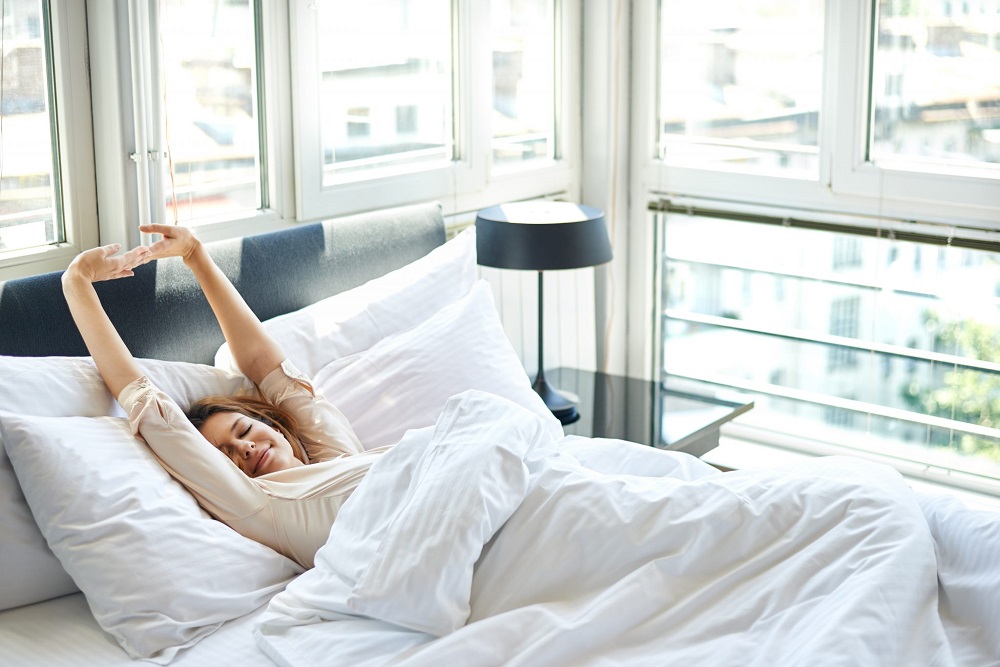
What temperature to set thermostat in a bathroom?
A bathroom is a characteristic interior, and one of the few rooms where the recommended thermostat setting is higher. Why? Because it’s the room where you take your clothes off and warm up your body in hot water when taking a shower or a bath. If you step in a cold room afterwards, you might catch a cold - risking your health is not worth it.
As claimed by experts, the ideal indoor temperature in a bathroom should be a few degrees higher than in the living room. It means that the best room temperature in this case is 22-24°C (71.6-75.2°F)
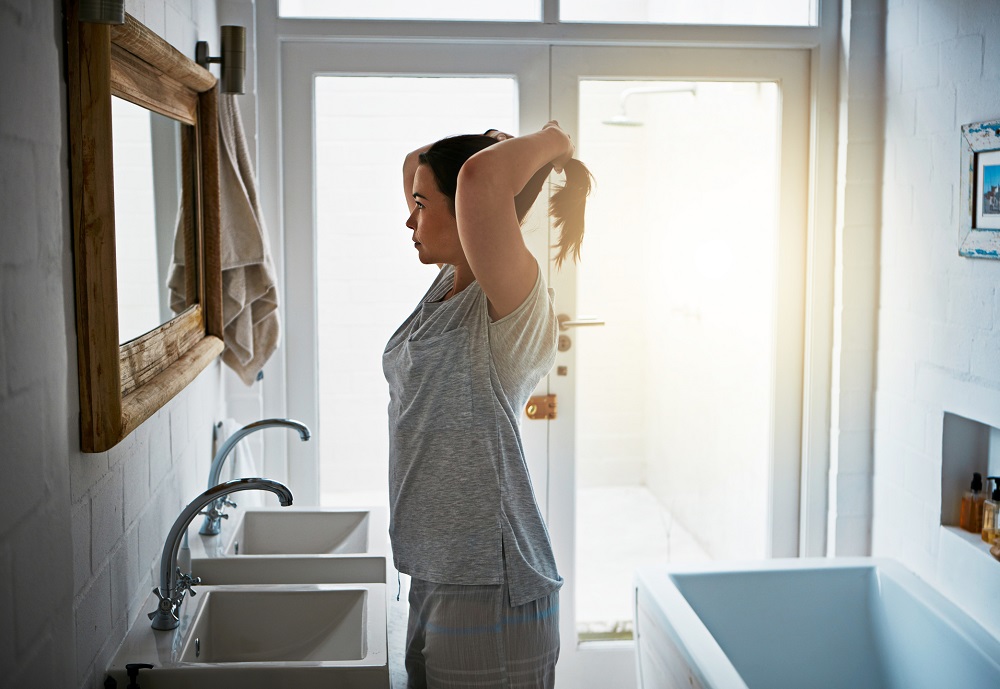
What about room temperature for a baby? Should it be higher?
Out of fear for the health of their babies (especially newborns), many parents overheat the room. The result might be poor well-being and health issues of a child. Very often, when visiting your friends, you feel almost unbearable heat. Taking off your sweater doesn’t really work, and even if you are in just a t-shirt, you feel as if you were on a tropical island.
If the baby isn’t sick, the temperature in a nursery shouldn’t be higher than the one recommended for a living room, that is 20-22°C (68-71.6°F). What’s more, it should be lowered at night. It’s best if you decrease the baby room temperature by 2 degrees in comparison with the setting during the day.
The only exception is a situation when you bathe the baby in the room instead of the bathroom. In this case, the recommended thermostat setting is 24°C (75.2°F).
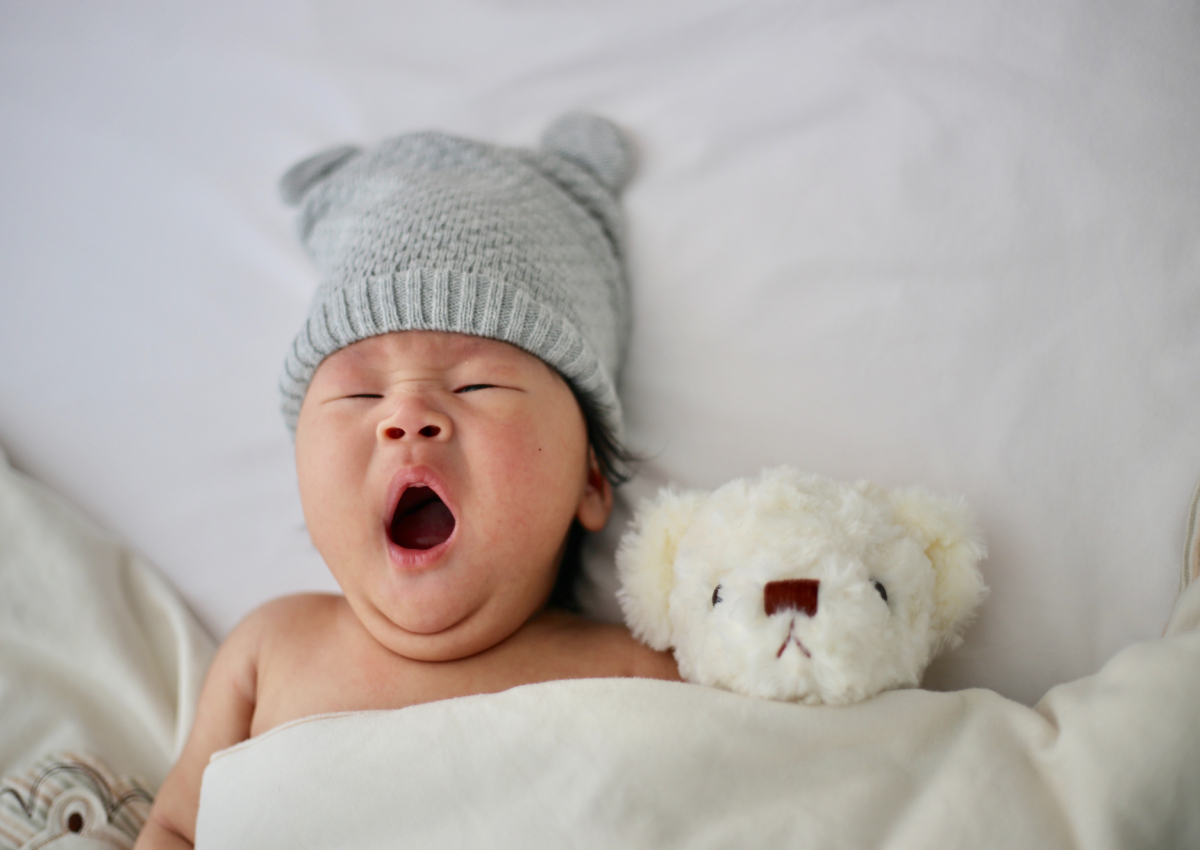
Room temperature is not all! Check the humidity
The optimal indoor temperature is just one factor contributing to your well-being and productivity. What else should you remember about? Humidity - because it’s as important as room temperature.
The proper humidity in a living space should be kept around 40-60%.
- If it’s too low, the air will dry not only your skin, but also mucous membranes. You can expect throat irritation and greatly lowered mood. An air humidifier is an absolute essential in such a case - it can save you a lot of health issues.
- What if humidity exceeds the upper levels? It’s not good information, either. Excessive humidity might lead to growth of mold and various fungi. They attack the respiratory system, which is a very dangerous situation, especially for allergy sufferers. In this case, one has to find the source of the problem and immediately invest in dehumidifiers. A good air purifier might also help.
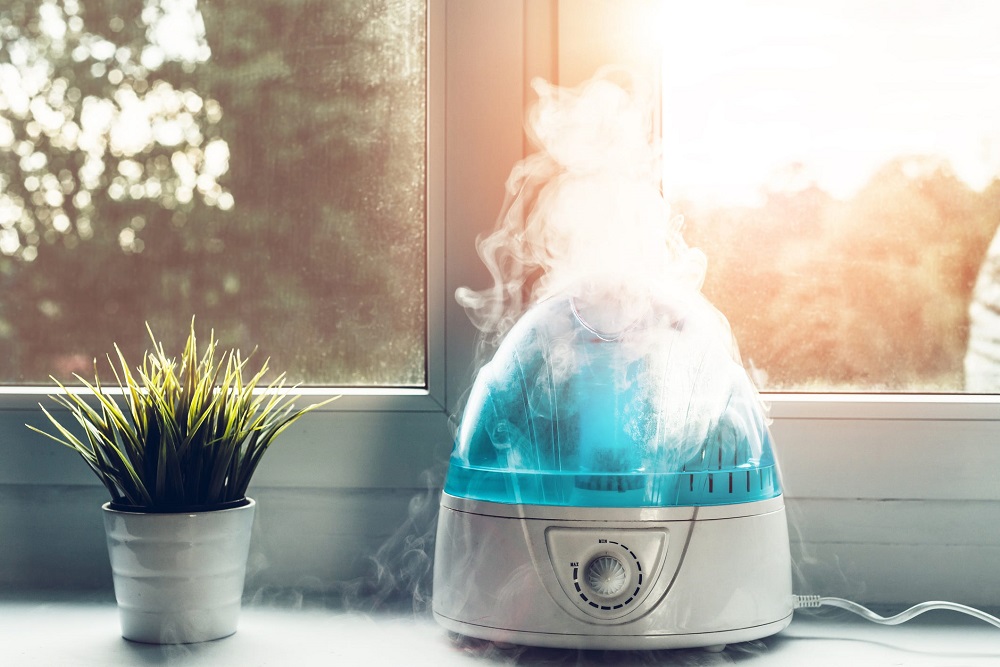
📍 What is the normal heat temperature in a house?
There is no optimal room temperature for everyone. It should fall between 18 and 22°C (64.4-71.6°F), depending on your preferences. Keep in mind, though, that it's different for various rooms. The bathroom should be the warmest, with the living room in between, and the coldest bedroom.
📍 What is the recommended room temperature for a baby?
The room temperature for a baby is exactly the same as in a living room. We recommend setting it on 20-22°C (68-71.6°F). The only exception is the situation when you bathe the baby in the room - in this case, set the thermostat on 24°C (75.2°F).
📍 What temperature to set thermostat in the bedroom?
Room temperature in a bedroom is crucial for a good sleep and body regeneration. Many people have no idea that it should be lower than the rest of the house. It means the best temperature for sleeping is 17-19°C (62.6-66.2°F).
📍 What is the ideal room temperature in a bathroom?
A bathroom is the only interior in the house where the temperature should be higher. Although it doesn't have to be set like this all the time, it recommended for showering or taking a bath. 22-24°C (71.6-75.2°F) is the optimum, both for adults and small children.
Featured articles




